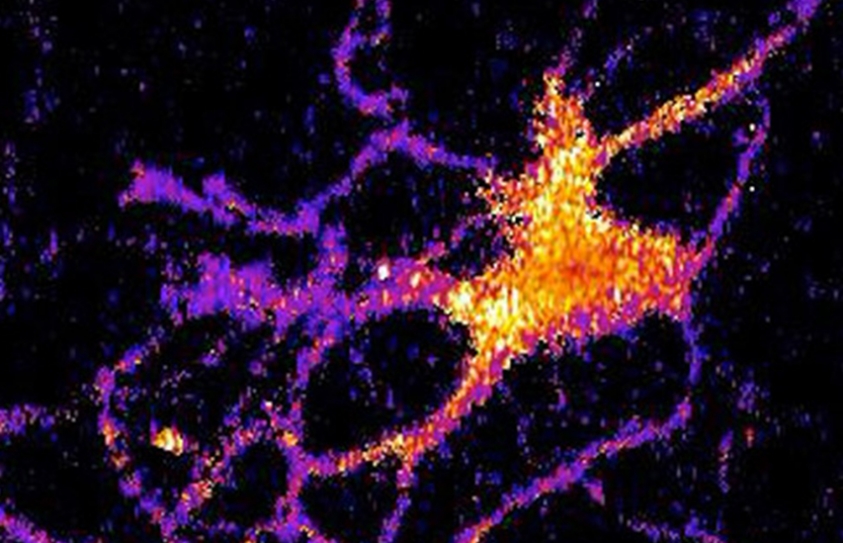
Scientists Are Using the Enzyme That Makes Fireflies Glow to Track Brain Cells
by The Daily Eye Team November 4 2016, 3:17 pm Estimated Reading Time: 0 mins, 41 secsFireflies and other bioluminescence-producing species (e.g. bacteria, jellyfish, worms, sharks) create light through a chemical reaction in their body catalyzed by an enzyme called luciferase. Now, a team of scientists from Vanderbilt University are using a genetically modified form of that same enzyme to make brain cells glow-in-the-dark.
The objective behind getting neurons to emit light is to better observe activity in the brain’s complex neural networks. Existing methods use electrical techniques, which efficiently track individual neurons. But this approach has a restraint: it can only record a limited number of brain cells—the average human brain has about 86 billion neurons—at the same time. Genetically modified luciferase offers a solution to the limitation seen in electrical techniques, as it can simultaneously monitor hundreds of neurons.





-173X130.jpg)
-173X130.jpg)


-173X130.jpg)
-173X130.jpg)
-173X130.jpg)